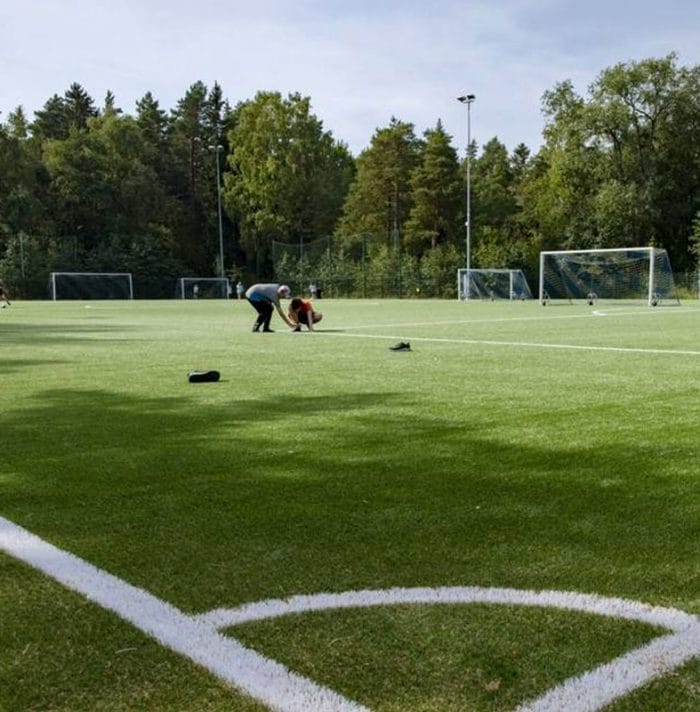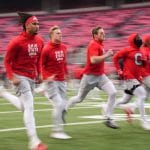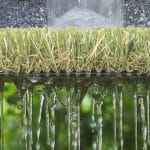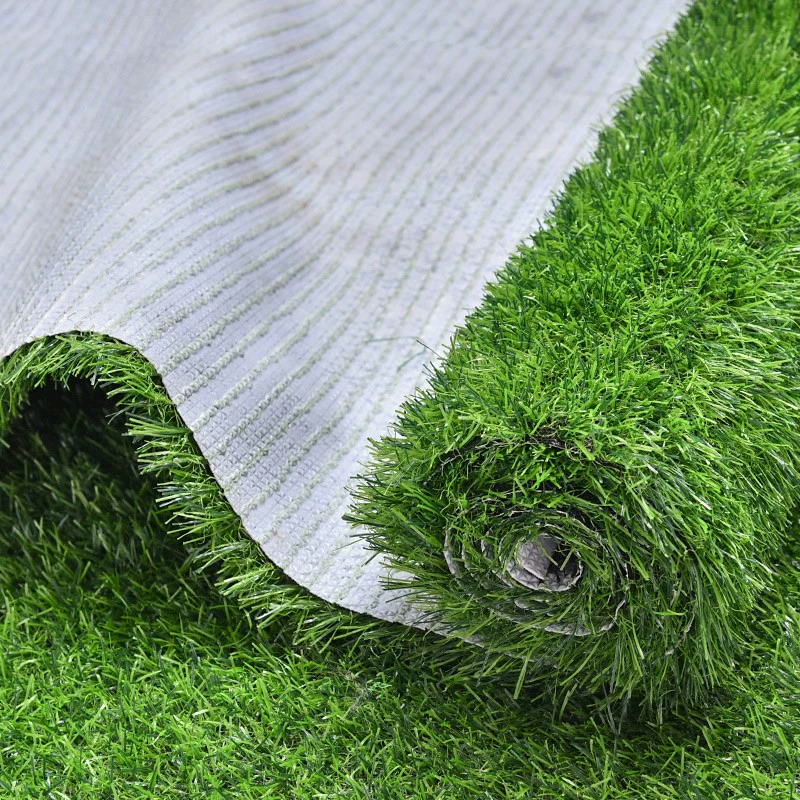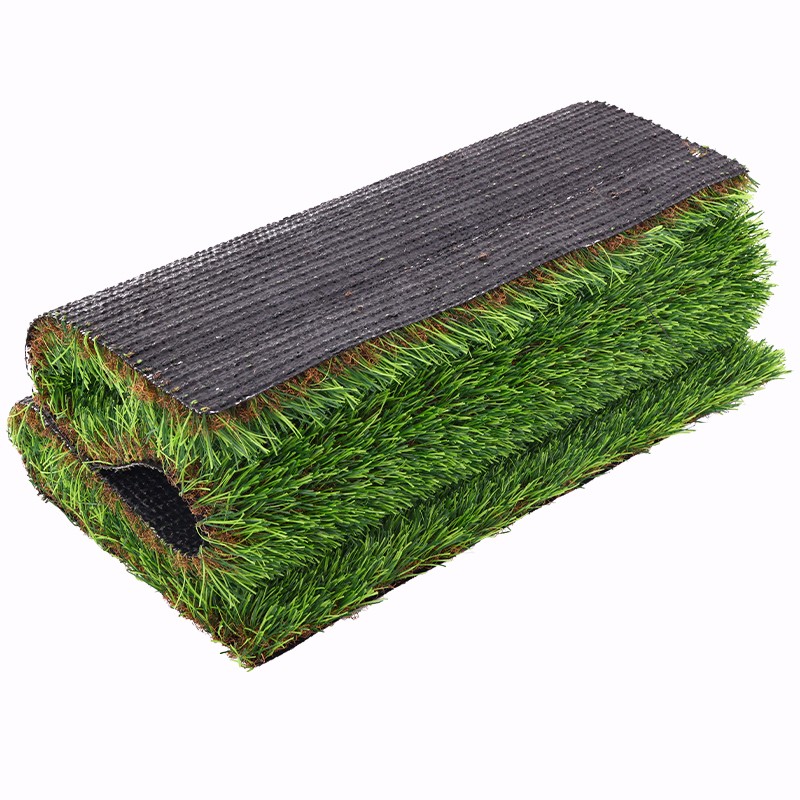Football turf, also known as artificial turf or synthetic grass, is a surface made of synthetic fibers that are designed to look and feel like natural grass. It is commonly used in sports stadiums and arenas, as well as in residential and commercial landscaping.
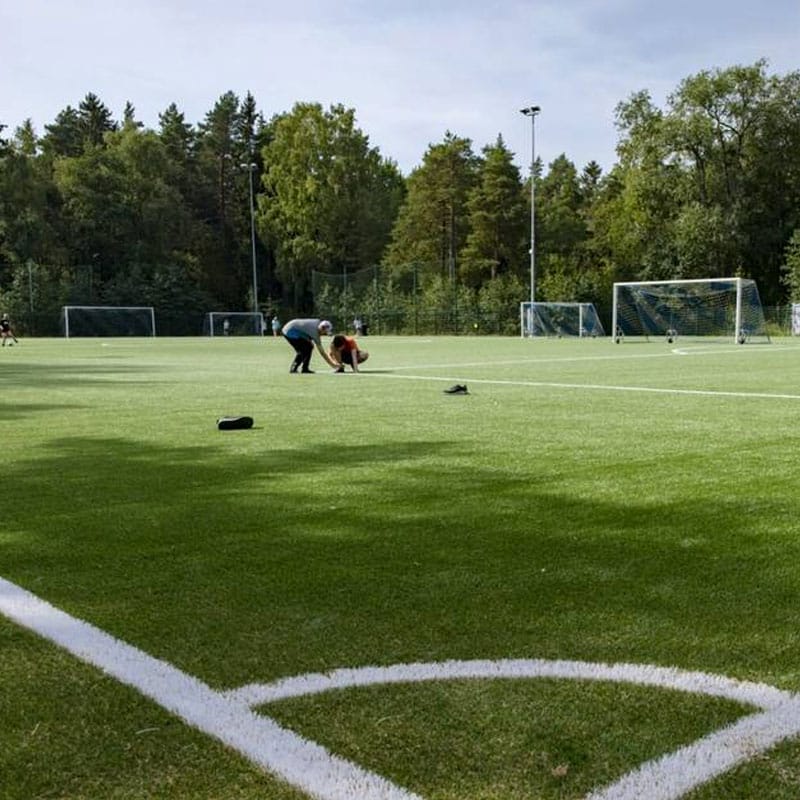
There are two main types of football turf:
- Monofilament: This type of turf is made from a single, solid fiber. Monofilament turf is durable and easy to maintain, but it can be hot and abrasive.
- Fibrillated: This type of turf is made from a yarn that is split into many smaller fibers. Fibrillated turf is softer and more natural-looking than monofilament turf, but it is also less durable.
Football turf is made up of several layers, including:
- Backing: This is the layer that the fibers are tufted into. It is typically made from polypropylene or polyethylene.
- Infill: This is the material that is placed between the fibers. It helps to keep the turf upright and provide cushioning. Common infills include sand, crumb rubber, and acrylic coated silica granules.
- Shock pad: This is an optional layer that is placed under the turf to provide additional cushioning.
Football turf has several advantages over natural grass, including:
- Durability: Football turf can withstand much more wear and tear than natural grass.
- Low maintenance: Football turf does not need to be mowed, watered, or fertilized.
- Year-round use: Football turf can be used year-round, regardless of the weather.
- Consistent performance: Football turf provides a consistent playing surface, which can help to reduce the risk of injuries.
However, football turf also has some disadvantages, including:
- Cost: Football turf is more expensive to install and maintain than natural grass.
- Heat: Football turf can get very hot on sunny days.
- Abrasiveness: Football turf can be abrasive, which can lead to burns and scrapes.
- Environmental impact: The production and disposal of football turf can have a negative impact on the environment.
Overall, football turf is a viable alternative to natural grass for sports fields and other high-traffic areas. However, it is important to weigh the advantages and disadvantages of football turf before making a decision.


